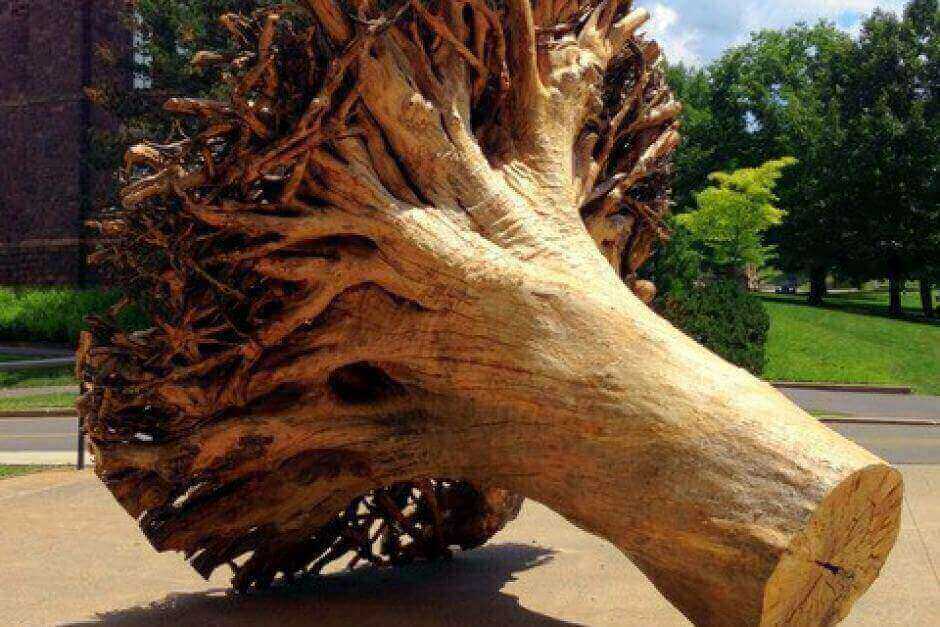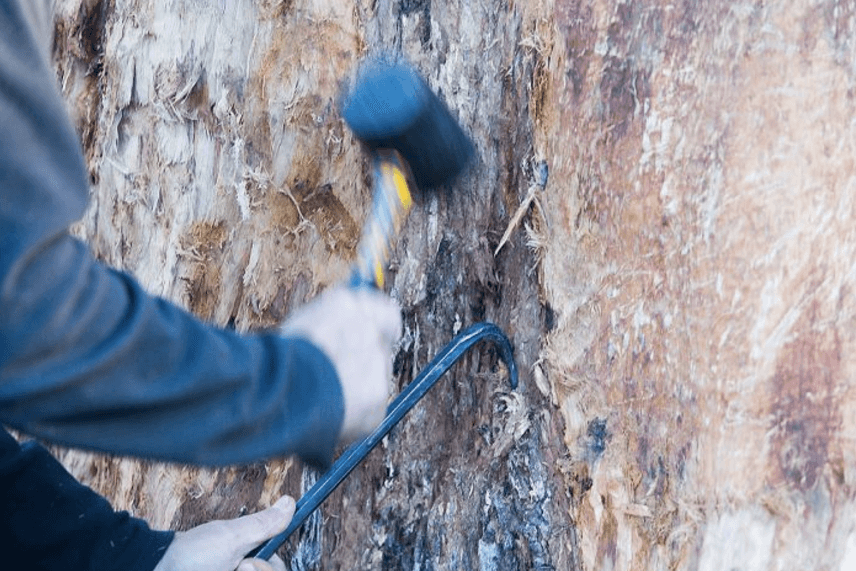Associate professor at Cornell University, Jack Elliott is 3D scanning and printing a tree to make a point about the forest industry.
Is there any better way to raise awareness than through art? Artist and associate professor at New York State’s Cornell University, Jack Elliot points the spotlight at the Tasmanian forest industry with his latest bit of ironic sculpture.
Elliott has begun the project by scanning a Tasmanian Eucalyptus tree, which he then plans to 3D print using paper. Accomplishing this later stage will make use of Mcor 3D printing paper technology.
The project may sound nonsensical, but Elliott has sound reason to use art to pique people’s interests. After all, it was through speaking to Tasmanian locals during an arts residency at the University of Tasmania’s Cradle Coast Campus that he learned of the state’s forestry troubles.
In a decision to turn the industry’s process on its head, instead of cutting a tree, he will scan and print it in 3D. The result, he explains, will be “scaled down, of course, and maybe only parts or sections of the tree… But it will be made of paper and that’s what I’m shooting for. There’s a great irony there.”
The “model” tree was originally scheduled to be removed from the Burnie campus for being a hazard. Yet, after Elliott discussed his ideas with UTAS, they agreed to cut down only the top of the tree, allowing the artist to work on the remaining stump.

How to Scan and 3D Print a Tasmanian Eucalyptus Tree
To begin the project, Elliott first removed the bark from the dead tree. That took him about a week. He then digitally scanned the contours of the tree using laser scanners fitted to iPads and techniques from photogrammetry.
The next step will be to create a model from the scans and to 3D print the tree in the USA. The choice of working with paper also seeks to acknowledge Burnie’s paper making history.
The final paper print should be very solid. However, at just 30 cm, it will be less of a replica, and more of a symbol. Elliott explains:
“The idea is to inform people about the human-nature relationship, all of which is going pretty badly right now, right? Trees serve as a good metaphor for a lot of these issues, everything from invasive species to global warming, population ecology… So when I did research on Tasmania I was looking for a good tree story.”
The artist particularly struggles with the idea of cutting down the world’s tallest, most majestic organisms in order to produce everyday items like paper and toothpicks, especially when such items could be made from many other materials.
To find out more, you can listen to Elliott talk about his project in an interview with ABC Northern Tasmania, on Soundcloud. And if you’d like to know more about the technology Elliott is using, read about past uses of Mcor printers on All3DP or visit the Mcor website.
Source: ABC News

License: The text of "Artist Ironically Scans Tasmanian Eucalyptus Tree and 3D Prints it in Paper" by All3DP is licensed under a Creative Commons Attribution 4.0 International License.